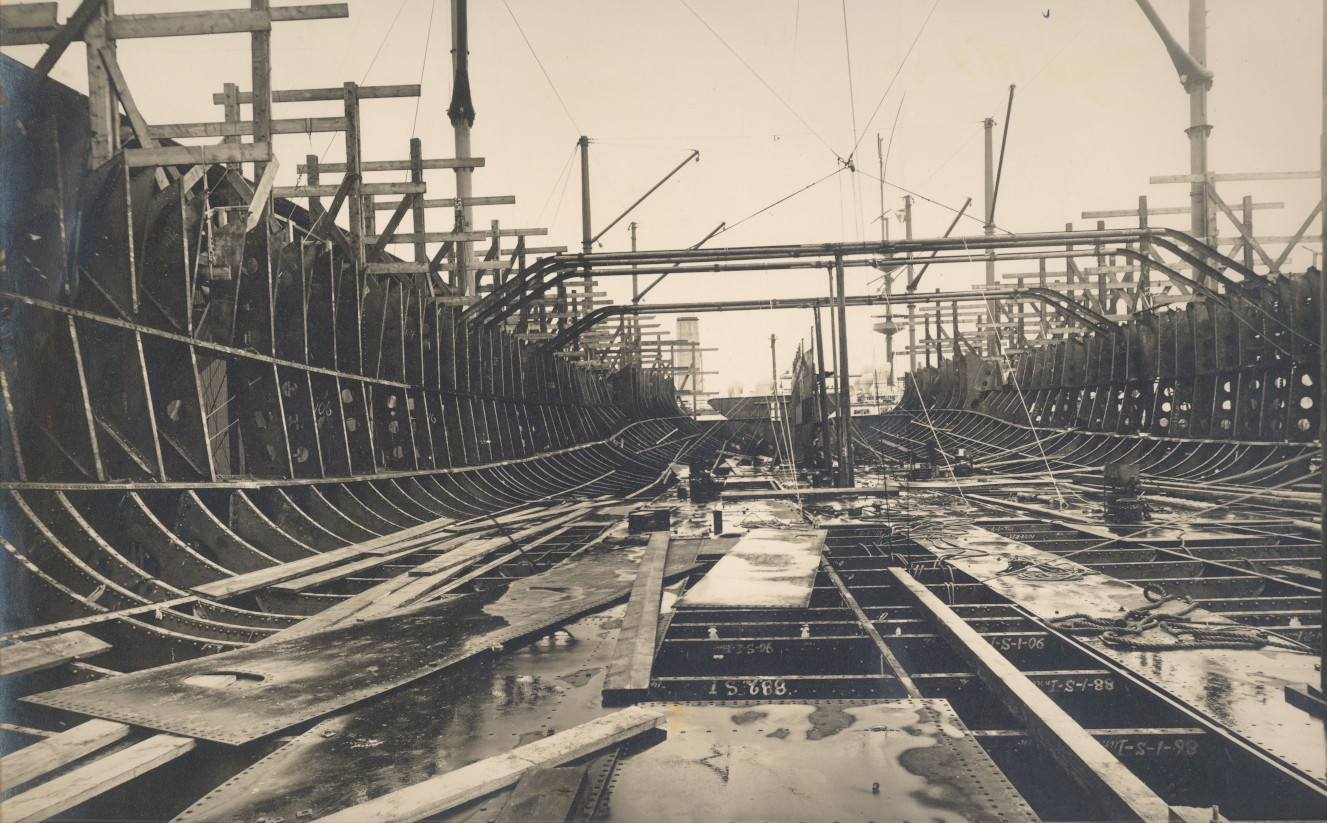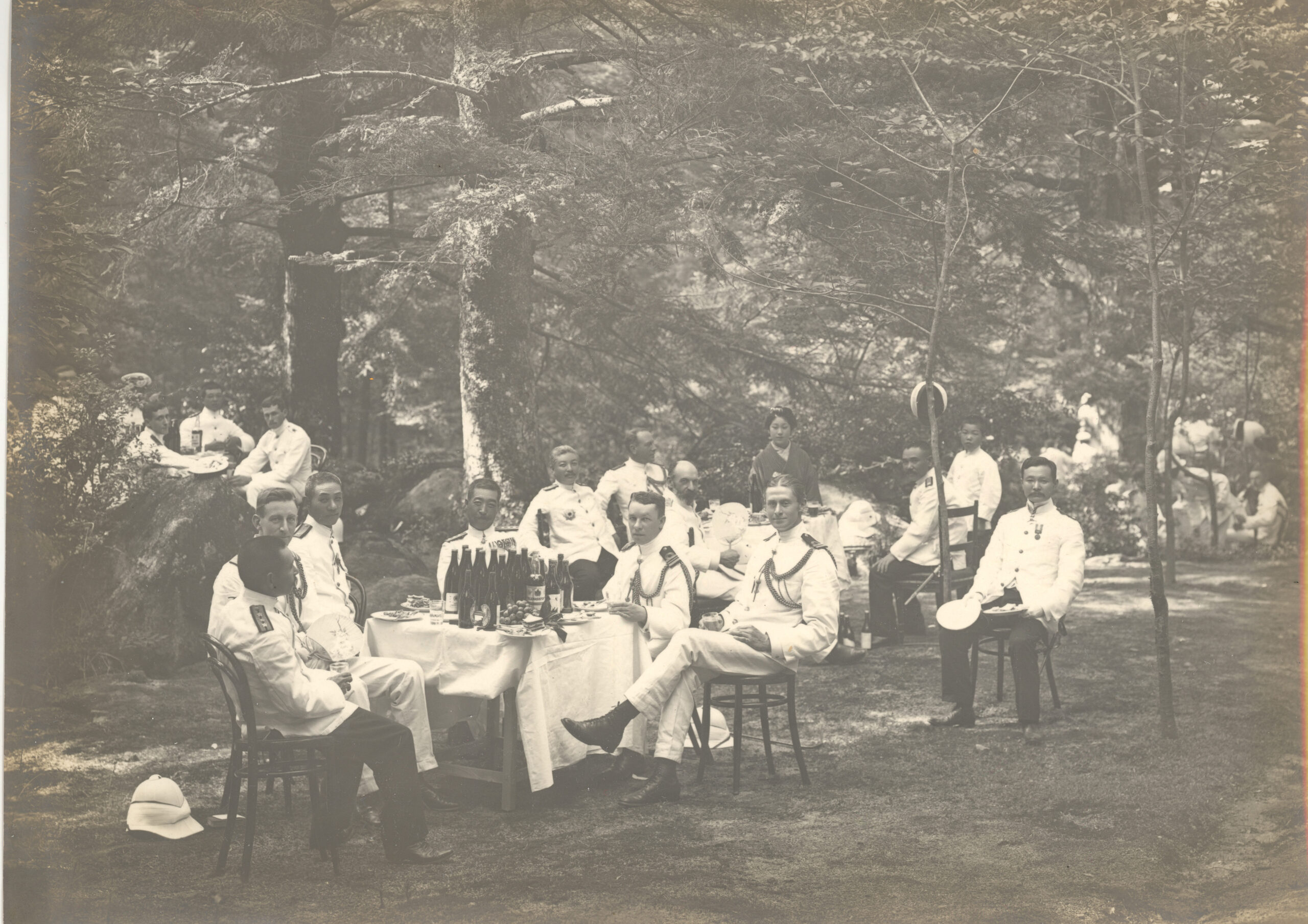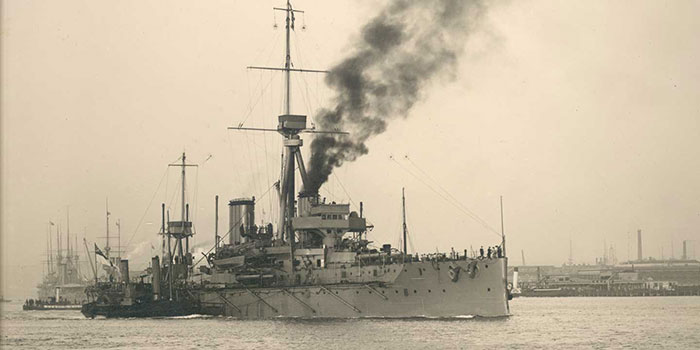How serious was the German naval threat to Great Britain before 1914?
Introduction
For a hundred years after Nelson’s victory at Trafalgar in 1805 Britain’s navy was the largest and most powerful in the world. It had no serious rival in Europe or America. Britain’s naval power allowed her to build up a vast overseas empire, and to conduct trade safely all over the globe. But as the twentieth century dawned, for the first time Britain’s leading position was challenged, by the strong new empire of Germany.
Britain had adopted a “Two-Power” standard in 1889 – i.e. her fleet was to be larger than the fleets of the next two powers combined. At the time these were assumed to be France and Russia, with the United States as a future possibility. Germany, with its relatively short coastline and with no overseas empire to defend, was not considered a serious potential naval power. But Kaiser Wilhelm II, who came to the throne in 1888, was both fascinated by and resentful of British naval dominance. He was determined to build up a German fleet to rival Britain’s. His vision was enthusiastically shared by the German Secretary for the Navy, Admiral Tirpitz. Tirpitz got the necessary funding from the German parliament, the Reichstag, for an ambitious programme of naval expansion, contained in a series of Navy Laws.
The British were at first caught off-guard by the German naval programme, and reacted with a mixture of alarm and protest. Popular novels, like Erskine Childers’s The Riddle of the Sands imagined a German invasion of Britain; in more practical terms, the Asquith Government faced up to the question of modernising and expanding the British Navy. The Navy was already being thoroughly modernised by the energetic First Sea Lord (most senior Admiral of the Royal Navy), Sir John (“Jacky”) Fisher. Fisher was responsible for the launch in 1906 of the revolutionary battleship HMS Dreadnought, whose ultra-modern armament made her overnight the most powerful ship in the world and effectively rendered every other battleship obsolete. But it was clear that other countries, notably Germany, would soon start launching their own dreadnoughts. It was down to the government, therefore, to ensure that Britain still maintained her lead in the new dreadnought age.
Financing naval expansion on this scale would make huge inroads into the budget, and the Cabinet was taken by surprise by the naval spending estimates put forward in 1908 by the Chancellor of the Exchequer, Reginald McKenna. Although the Cabinet was divided on the issue, there was a vigorous public campaign for naval expansion, spurred on by the launch that year of the first German dreadnought, Nassau. Churchill, who became First Lord of the Admiralty in 1911, was an enthusiastic advocate of the Anglo-German naval race that ensued.
For definitions of Government ranks and titles, remember to use the Glossary.





